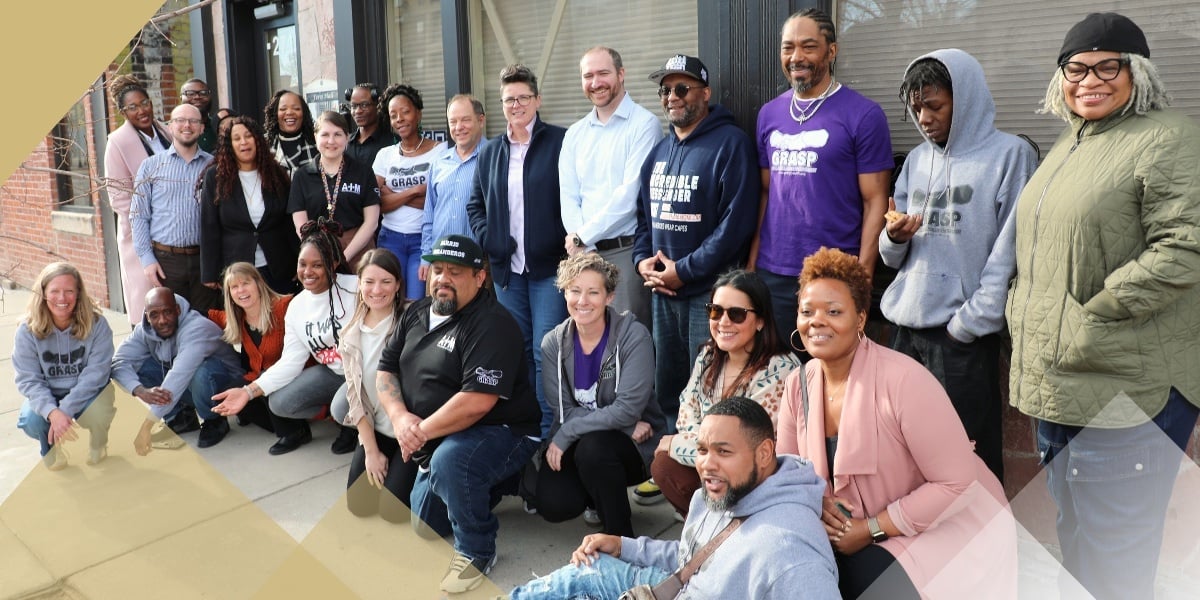Surgical robots were a game-changer for urologic surgery when they were first introduced in the early 2000s, but the technology continues to evolve, says Marklyn Jones, MD, senior instructor of surgery-urology in the University of Colorado Department of Surgery.
In traditional robotic surgery, the surgeon makes five to six incisions through which to pass multiple instruments, including a camera. The latest innovation in robotic surgery is single-port surgery, in which all the instruments, along with the camera, are packed into one device that is inserted through a single small incision. Fewer incisions means faster healing, less need for painkillers, and a shorter stay in the hospital after the procedure, says Jones, who uses the single-port robot to perform surgery for prostate cancer.
“Another advantage with the single port is that we're going in through the preperitoneal space, so we're not in the abdominal cavity where the bowel, liver, spleen, and stomach are located,” he says. “That makes it less painful for the patient and gives them a quicker recovery. One of the newer trends in urology is to do a lot of surgeries outpatient, where we send people home the same day. That's more feasible with this single-port approach, because it's less invasive and less painful when people wake up from the anesthesia.”
Advantage, robot
Jones remembers the days when prostatectomies — or removal of a cancerous prostate — were done through traditional open surgery. The robot has made a world of difference in the procedure, he says, thanks to a 3-D, high-definition camera that offers magnification 10 times higher than that of the naked eye and an articulated arm that allows the surgeon — who sits at a console in the operating room to manipulate the robotic equipment — to rotate instruments 360 degrees inside the patient.
The single-port robotic system makes the operation even more efficient, he says, and he’s seen firsthand the difference it’s made for patients.
“I had a patient who had had multiple open abdominal bowel surgeries during his lifetime for bowel-related medical issues, so his abdomen had a lot of scarring, which would have made cutting into it difficult,” Jones says. “By using the single-port robot to do his radical prostatectomy, it allowed me to make a four-centimeter incision halfway between his pubic bone and his belly button. We were able to do a minimally invasive surgery without entering his abdominal cavity, which could carry a high risk of complications for him.”
On the cutting edge
The fact that the CU Department of Surgery offers patients access to the only single-port robotic system in the Rocky Mountain region is a big deal, Jones says, and a mark of how much the department values technological progress.
“It puts us on the cutting edge,” he says. “It's much more advanced than where we were in 2003, when we first started doing robotic prostatectomies. I think the single- port is the platform of the future for all urology surgery — kidney, prostate, bladder. It’s a less invasive procedure when you’re taking the surgery directly to the space where you need to be, rather than violating the entire abdomen and increasing the risk of bowel adhesions and scarring and that sort of thing.”
Home sooner
Jones says single-port surgery makes general anesthesia easier to administer because there is less difficulty ventilating the lungs when the single-port surgery is performed outside the abdominal cavity. By using less anesthesia for surgery, the patient recovers more quickly and is less likely to require hospitalization.
“Patients are elated knowing they may be able to go home the same day of surgery and sleep in their own bed,” he says. “I've also seen that when single-port patients wake up in the recovery room, they have much less abdominal pain and pressure in the abdomen compared to the multiport cases. That helps free up bed space in the post-COVID era, where we don't have enough nurses to staff all the beds that are available in the hospital. Looking at the overall health care economy, too, it saves money when we can do outpatient surgery versus the need to occupy that hospital bed.”




.png)
